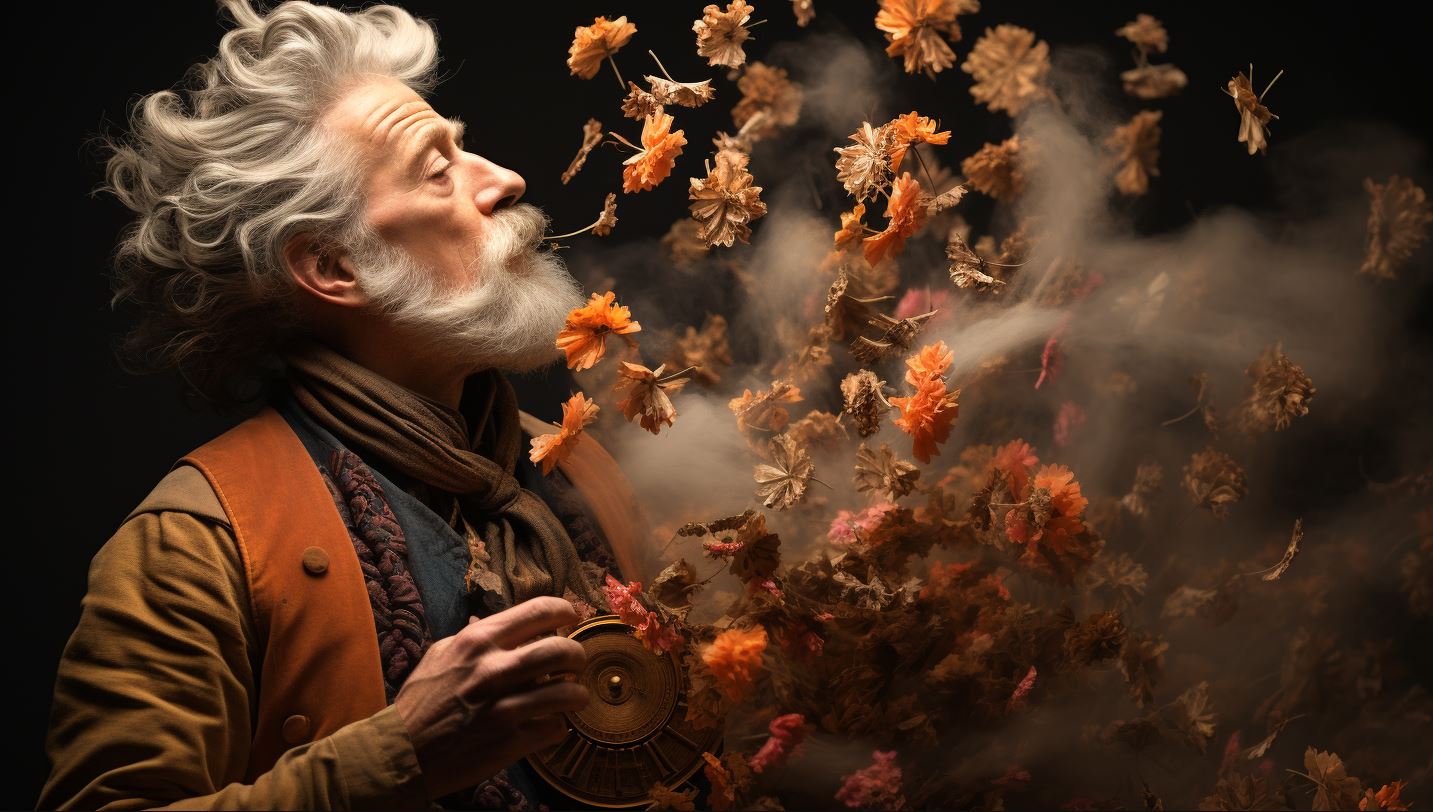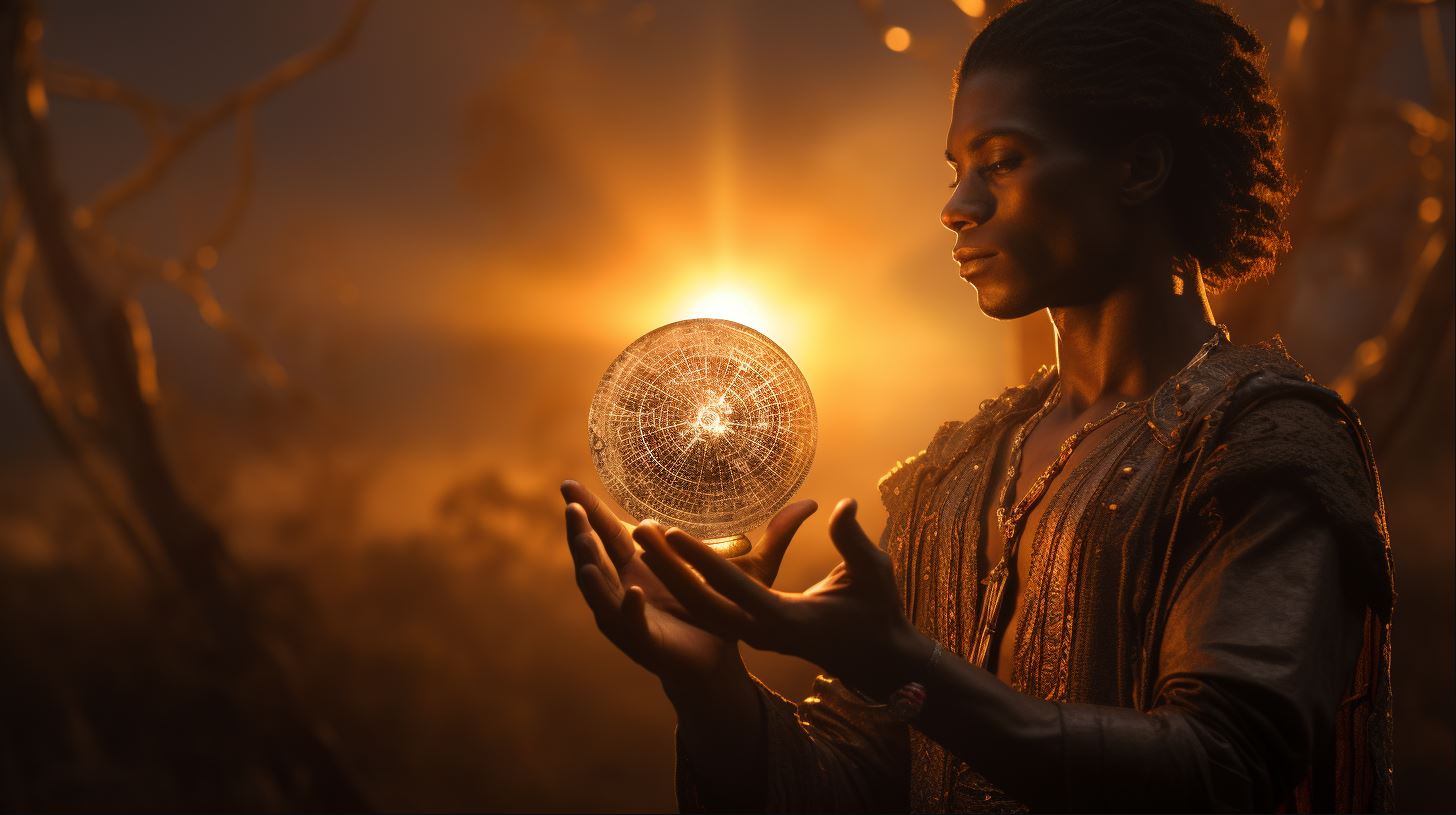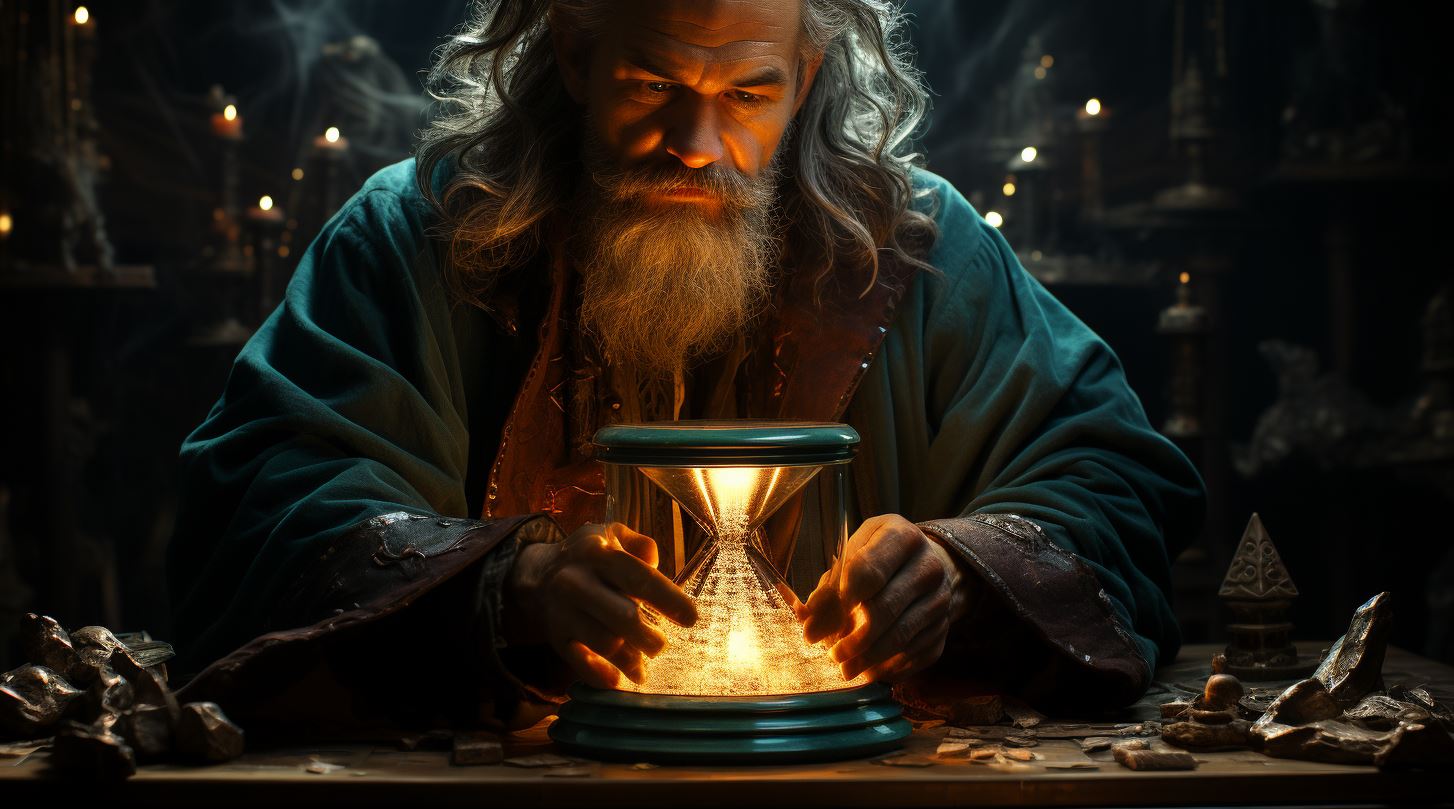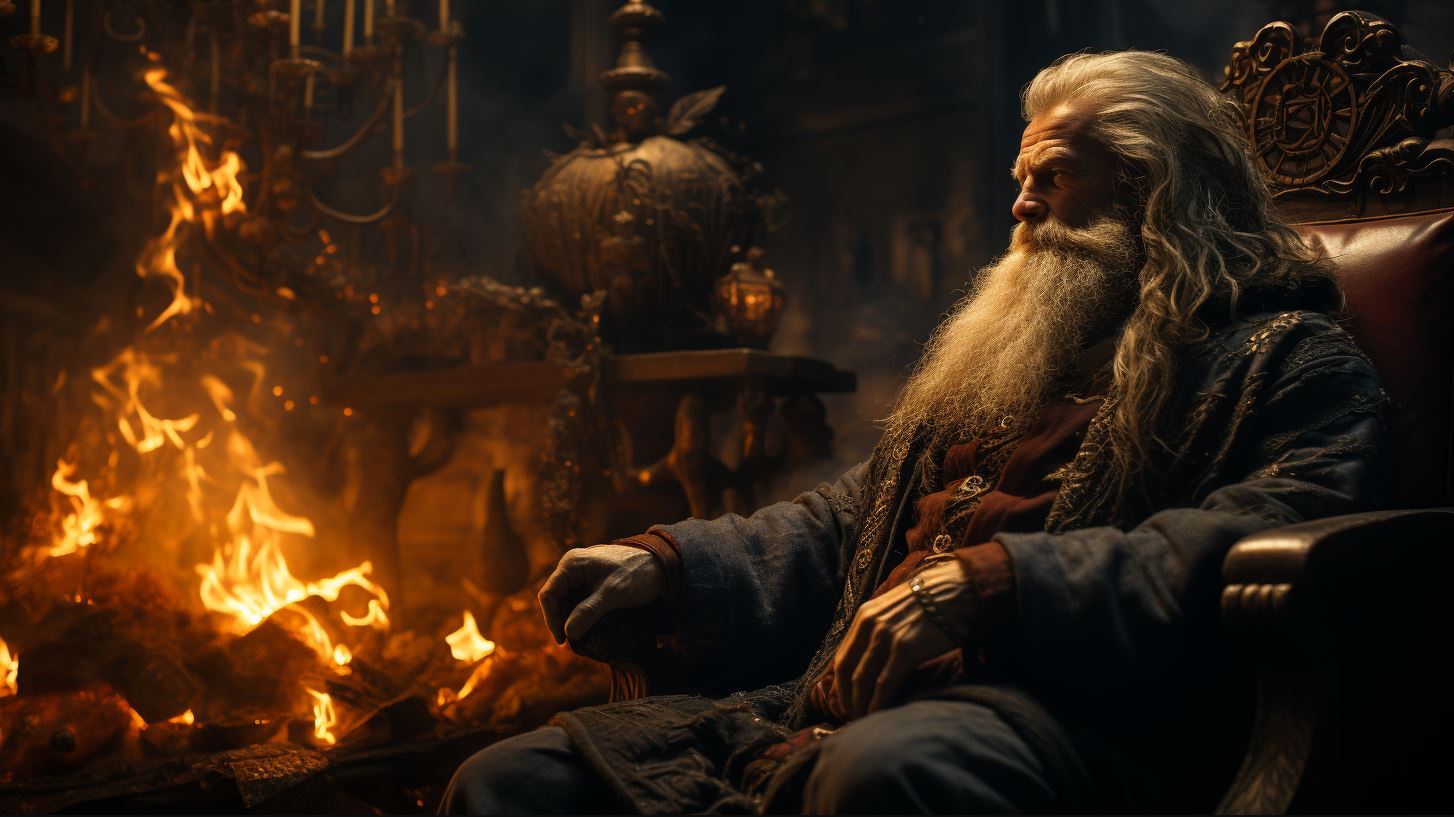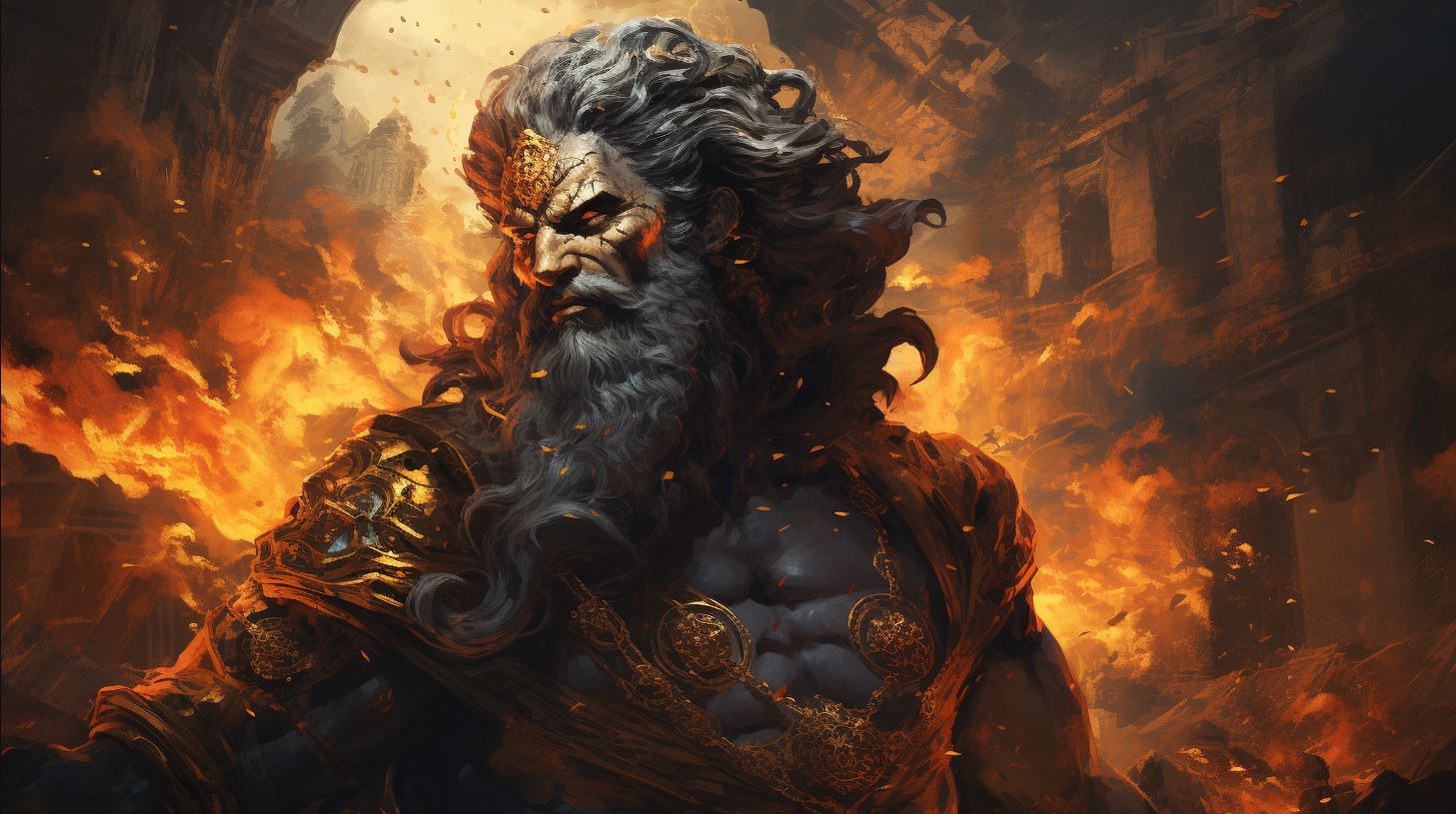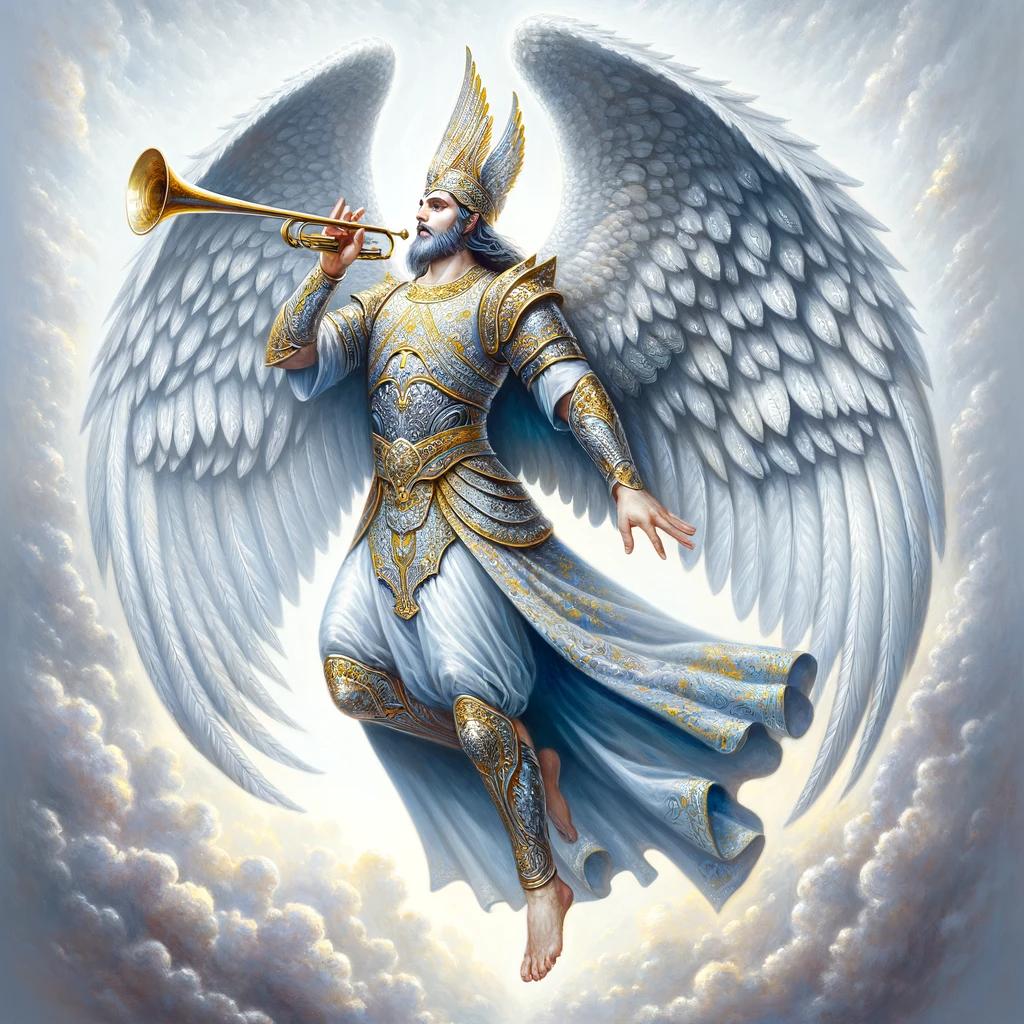Vayu Persian God: Unveiling the Ancient Wind Deity of Iran
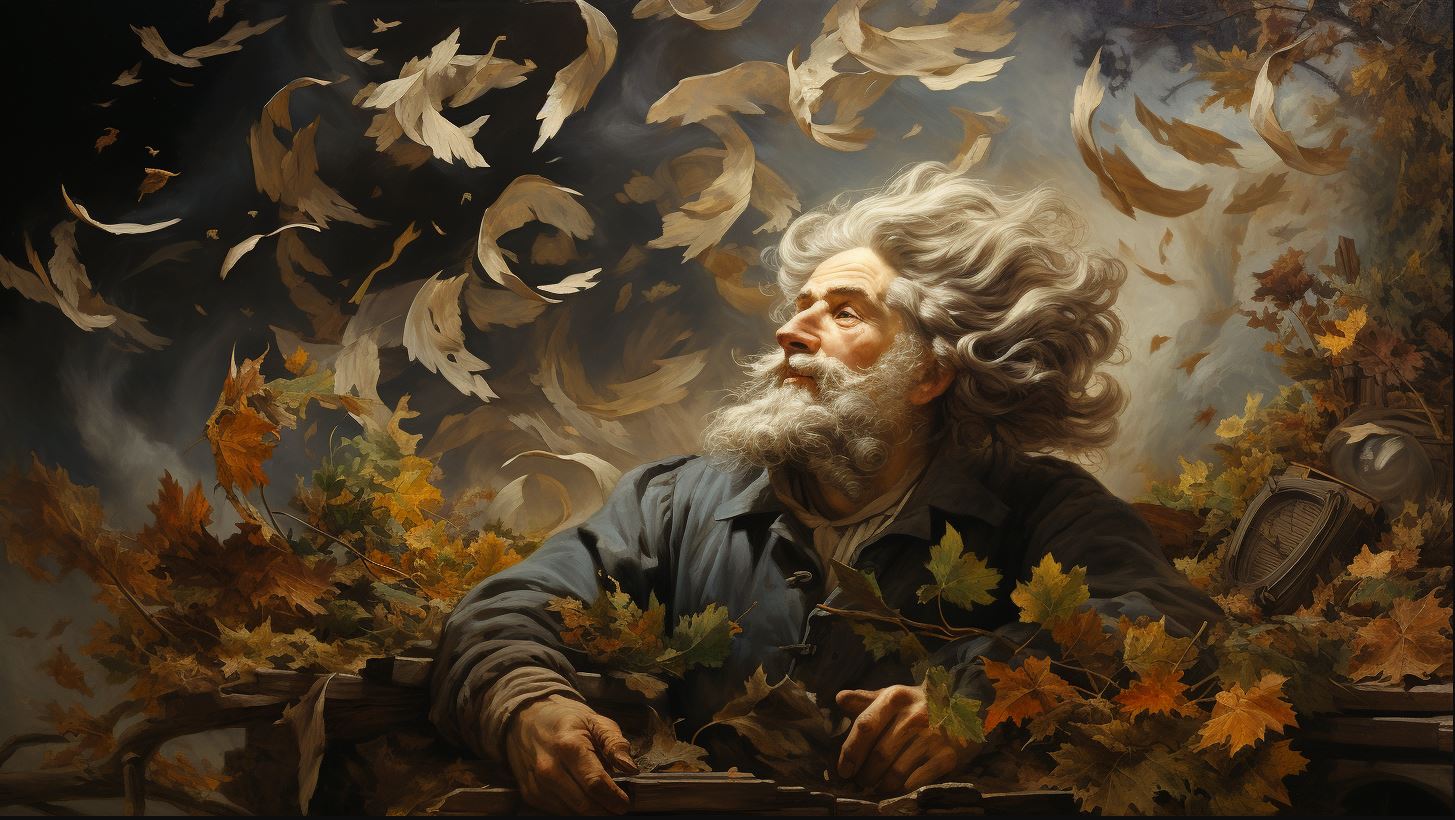
Vayu, the ancient Persian god of wind, holds a significant role in Iranian mythology. Associated with both battle and destiny, Vayu possessed a dual nature, embodying benevolence and harm.
Within the ancient Iranian pantheon, Vayu was revered as a powerful warrior deity, representing strength, speed, and a formidable presence. Despite his protective nature, Vayu’s capabilities extended to causing death and destruction, reflecting the creative and destructive forces of nature.
In Zoroastrianism, Vayu’s prominence fluctuated but resurged in the later Avesta. This article explores Vayu’s multifaceted characteristics, his place among the twelve prominent Iranian gods, and his association with Ahura Mazda, the supreme god.
Origins of Vayu in Iranian Mythology
The ancient wind deity, Vayu, holds a significant place in Iranian mythology. Let’s delve into the origins of this enigmatic god and explore the beliefs surrounding his existence.
The Ancient Wind Deity
Vayu, also known as the god of wind, was deeply revered in ancient Iran.
He was believed to embody the essence of air and wind, symbolizing their power and unpredictability. As humans witnessed the forceful gusts of wind, they attributed it to the presence and influence of Vayu, recognizing his role in shaping the natural world.
Vayu’s Association with Battle and Destiny
In addition to his connection with the elements, Vayu was closely associated with battle and destiny. He was believed to possess the ability to sway the tides of war, granting victory to those who revered and sought his favor.
It was also believed that Vayu had control over the destinies of mortals, guiding their paths and determining their fates.
Vayu in the Ancient Iranian Pantheon
Vayu occupied a prominent position in the ancient Iranian pantheon, being one of the twelve significant gods worshipped by the people. Alongside gods like Ahura Mazda, Mithra, and Angra Mainyu, Vayu represented a specific aspect of existence and was revered for his unique attributes.
The ancient Persian pantheon was polytheistic, with each deity representing different facets of life and natural forces. Vayu’s presence in this pantheon reflected the importance of wind and air in Iranian society, as they were seen as powerful and influential elements in both the physical and spiritual realms.
- Vayu embodied the force and unpredictability of wind
- He was associated with battle and the fate of individuals
- Vayu held a significant position among the twelve Iranian gods
Vayu’s Roles and Attributes
Introduction: Vayu, the ancient Persian god, held various roles and possessed distinctive attributes within Iranian mythology.
This section delves into his multifaceted nature, exploring his dualistic characteristics, his portrayal as a formidable warrior deity, his connection to the noble class, and his exceptional abilities and distinguishing traits.
The Dual Nature of Vayu
Vayu encompasses a complex duality, embodying both benevolent and destructive qualities. As a god of wind, he symbolizes the gentle breeze, providing respite and sustenance. However, Vayu also possesses the power to unleash devastating storms and cyclones, representing the destructive force that nature can unleash upon the world.
Vayu as a Powerful Warrior God
Renowned for his formidable presence, Vayu assumes the role of a mighty warrior god within Iranian mythology. He embodies attributes such as strength, agility, and speed, making him a formidable force on the battlefield.
From ancient epics to folk tales, Vayu’s prowess in combat is highlighted, showcasing his martial skills and strategic genius.
Vayu’s Connection to the Noble Class
Among the pantheon of gods, Vayu shares a unique association with the noble class. Regarded as a patron deity, he is revered by the aristocratic members of society. Vayu’s connection to the noble class further solidifies his role as a symbol of power and influence, often depicted as a guardian figure for the aristocracy.
Vayu’s Abilities and Characteristics
Aside from his warrior attributes, Vayu possesses a myriad of exceptional abilities and distinct characteristics. Revered for his speed and agility, he is often depicted as swift as the wind itself.
Vayu’s tempestuous nature mirrors the unpredictability of the wind, and his fearsome appearance instills both awe and reverence in those who encounter him.
- Superhuman Strength: Vayu possesses unparalleled physical strength, capable of overcoming formidable adversaries.
- Extraordinary Speed: Like a gust of wind, Vayu moves with remarkable swiftness, enabling him to outmaneuver his opponents.
- Fearsome Visage: Represented with a formidable appearance, Vayu’s depiction often includes features that evoke both respect and fear.
- Guardian of the Elements: Vayu assumes the role of protector over the winds, influencing weather patterns and maintaining balance in the natural world.
These extraordinary abilities and characteristics contribute to Vayu’s elevated status within the ancient Persian pantheon, solidifying his place as a revered deity.
Vayu in Zoroastrianism
Vayu’s Decline and Resurgence
During the reign of Zoroastrianism, Vayu’s presence seemed to diminish as the reformations introduced by Zaratustra reshaped the religious landscape. However, in later texts such as the Avesta, Vayu’s significance once again emerged, indicating a resurgence of interest in this ancient deity.
This revival showcased the enduring power and relevance of Vayu as an integral part of Zoroastrianism.
Vayu’s Representation in the Avesta
The Avesta, the primary collection of Zoroastrian scriptures, portrays Vayu as a prominent figure within the pantheon. His character is described as a mighty warrior, embodying attributes of strength, valor, and an intimidating demeanor.
The Avesta further emphasizes Vayu’s association with the noble class, highlighting his superior abilities and prowess on the battlefield.
Zoroastrian Reforms and the New Pantheon
The reforms introduced by Zaratustra shifted the focus of Zoroastrianism towards the worship of Ahura Mazda as the supreme god. As a result, Vayu and other deities became subordinate to Ahura Mazda, considered as emanations of the divine entity.
This reformation altered the dynamics of the pantheon, establishing Ahura Mazda as the primary deity while incorporating the other gods as supporting entities.
Vayu’s Role in the Natural World
Vayu, the ancient Persian god, played a significant role in the realm of the natural world. His influence extended into various aspects, showcasing his power as a creative and destructive force.
Let’s delve into the different dimensions of Vayu’s role:
Vayu as a Creative and Destructive Force
Vayu embodied the dual nature of creation and destruction, representing the forces that shaped the natural world. As a creative force, he was believed to bring vitality, growth, and renewal to the land.
Vayu was associated with the life-giving breath and the essential element of air, which nurtured and sustained all living beings.
However, Vayu’s power also had a destructive aspect. He could unleash devastating storms, tornados, and hurricanes, causing chaos and destruction in his path.
These destructive manifestations symbolized the primal and unpredictable nature of the wind, reflecting the inherent balance between creation and destruction in the natural world.
Vayu’s Influence on Nature and the Elements
Vayu’s influence extended beyond the concept of wind alone.
He was believed to govern other elements closely tied to the wind, such as air, breath, and atmosphere. The sheer force of Vayu’s presence could shape landscapes, erode mountains, and carve valleys.
His power over the elements was seen in the howling winds, gentle breezes, and powerful gusts that touched every corner of the earth.
Moreover, Vayu’s influence had a direct impact on weather patterns.
He controlled rainfall, droughts, and the overall climate, playing a crucial role in agricultural fertility and sustaining life on earth. The intricate balance of Vayu’s power over the elements contributed to the diverse ecosystems and harmonious functioning of the natural world.
Vayu’s Connection to Wind and Air
At the core of Vayu’s role in the natural world was his connection to wind and air. He was revered as the personification of wind, embodying both its gentle whispers and its fierce turbulence.
Vayu’s association with air extended beyond mere meteorological phenomena; it represented the breath of life itself.
In ancient Persian belief, the act of breathing symbolized the vital exchange of energy between humans, nature, and the divine.
Vayu’s presence was felt in the invigorating breaths of fresh air, enhancing vitality and spiritual connection. This connection to the very essence of life reinforced Vayu’s significance in the natural world and his role in maintaining its delicate balance.
- Vayu’s embodiment of the dual nature of creation and destruction
- Vayu’s influence on weather patterns, including rainfall and climate
- Vayu’s control over the elements, such as air and atmosphere
- Vayu’s connection to wind as a symbol of life and energy exchange
Understanding Vayu’s profound role in the natural world enables us to appreciate the intricate balance and interplay of forces that shape our environment.
His influence as a creative and destructive deity persists, reminding us of the awe-inspiring power of nature.
Vayu among the Twelve Iranian Deities
In the ancient Iranian pantheon, Vayu held a significant position as one of the twelve most prominent gods. His existence alongside esteemed deities like Ahura Mazda, Angra Mainyu, Mithra, and others highlights the importance given to him by the ancient Persians.
The Prominence of Vayu in the Ancient Pantheon
Vayu’s prominence in the ancient pantheon showcases the recognition of his powers and attributes by the worshipers. Being associated with both battle and destiny, Vayu played a crucial role in the lives of the ancient Iranians, resonating with their needs and aspirations.
Vayu’s Associations with Other Deities
Within the Iranian pantheon, Vayu had significant associations with various gods and goddesses. These connections signify the interplay of different aspects of life and the complex relationships between the deities. Some of his notable associations include Ahura Mazda, the supreme god, and other deities like Anahita, Verethragna, and Tishtrya, each representing different domains and powers.
Vayu’s Significance to Different Aspects of Life
Vayu’s presence in the pantheon catered to the specific needs of the ancient Persians, offering assistance, protection, and guidance in various aspects of life. Whether it was matters of war, matters of fate, or matters of the noble class, Vayu’s influence extended to different spheres of society, encompassing the diverse needs of the worshippers.
Vayu and Ahura Mazda
Vayu’s Relationship with the Supreme God
Vayu, the Persian god of the wind, holds a significant relationship with Ahura Mazda, the supreme god of Zoroastrianism. As an integral part of the ancient Iranian pantheon, Vayu is considered to be one of the emanations of Ahura Mazda.
While Ahura Mazda is the ultimate divine authority, Vayu serves as a conduit for the manifestation of Ahura Mazda’s power in the realm of wind and air.
Vayu as an Emanation of Ahura Mazda
Within Zoroastrian cosmology, Vayu is perceived as an emanation, or an extension, of Ahura Mazda’s divine essence.
This association emphasizes Vayu’s divine origin and his close connection to the supreme god. Just as the wind is an unseen force that permeates all around us, Vayu represents the invisible aspect of Ahura Mazda’s divine presence.
The Role of Vayu in Zoroastrian Teachings
In Zoroastrian teachings, Vayu’s role extends beyond being a mere deity of the wind. He symbolizes the cosmic forces of creation and destruction. Vayu’s presence in the natural world reflects the constant interplay between order and chaos, growth and decay.
Through this symbolism, Vayu serves as a reminder of the intricate balance that exists within the universe and the individual’s responsibility to align their actions with divine order.
- Vayu embodies the power of change and transformation within the cyclical nature of life.
- He represents the unseen forces that shape destiny and influence the outcomes of human endeavors.
- Vayu’s association with the wind underscores the intangible aspects of existence that transcend physical boundaries.
As followers of Zoroastrianism sought to understand their place in the grand scheme of things, Vayu’s role served as a reminder of the interconnectedness between the divine and mortal realms, as well as the need for individuals to strive for spiritual harmony.
Exploring Vayu’s relationship with Ahura Mazda offers insights into the intricate belief system of ancient Persian mythology. Through his connection to the supreme god and his embodiment of cosmic forces, Vayu’s significance remains profound.
Understanding Vayu’s role within Zoroastrian teachings enhances our understanding of the diverse aspects of divinity and the complexities of human existence.
Common Questions and Misconceptions about Vayu
As interest in ancient Persian mythology grows, questions and misconceptions surrounding Vayu, the Persian god of wind, often arise. One common question is whether Vayu is purely a destructive force or if he possesses positive aspects as well.
It’s important to recognize that Vayu embodies both creative and destructive forces of nature, representing the intricate balance of life. Another misconception is that Vayu’s association with battle implies a solely violent nature.
However, Vayu’s role in battle is not limited to destruction but also encompasses the protection of noble ideals.
Additionally, some mistakenly believe that Vayu’s significance faded entirely with the advent of Zoroastrianism.
While his prominence did fluctuate, Vayu resurged in the Avesta, demonstrating the enduring reverence for his influence. Examining these questions and misconceptions allows us to deepen our understanding of Vayu and appreciate the complexity of this ancient deity.
Relevance of Vayu in Modern Times
Despite the passage of centuries, Vayu’s resonance can still be felt in modern society. His association with the wind connects us to the elemental forces of nature, reminding us of our interdependence with the natural world.
The symbol of Vayu can serve as a reminder to embrace change, as the wind continuously shapes and reshapes the environment.
Vayu’s attributes, such as strength and speed, can also inspire individuals to cultivate these qualities within themselves.
Whether it be through physical pursuits, intellectual endeavors, or personal growth, invoking Vayu’s spirit can empower us to overcome obstacles and achieve greatness.
Exploring Different Perspectives on Vayu’s Significance
Throughout history, different cultures and individuals have viewed Vayu from various perspectives. Some see him as a primordial force, embodying the raw power of nature. Others perceive him as a deity who brings balance and harmony where there is chaos.
- Vayu in Indian Mythology: In Hinduism, Vayu is revered as one of the five elements and is associated with the breath of life.
- Vayu in Yoga and Meditation: Vayu has significance in the practice of pranayama, where the breath is controlled to regulate energy and rejuvenate the body and mind.
- Vayu as a Symbol of Freedom: The wind’s ability to traverse vast distances without constraint resonates with those who seek freedom and liberation.
These diverse perspectives on Vayu’s significance highlight the richness and complexity of this ancient deity, while providing a glimpse into the multifaceted nature of human spirituality.
.

